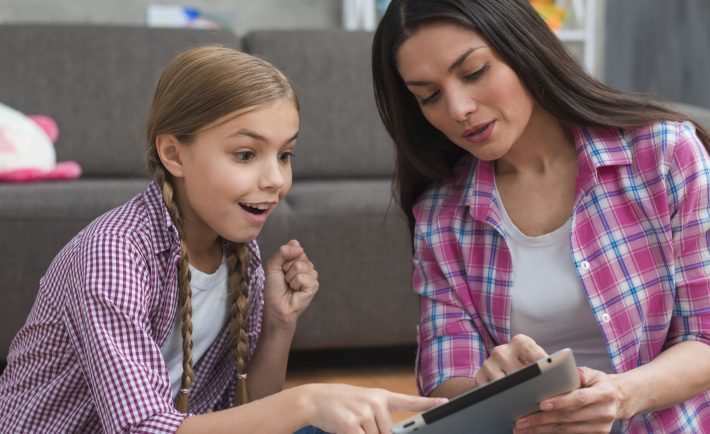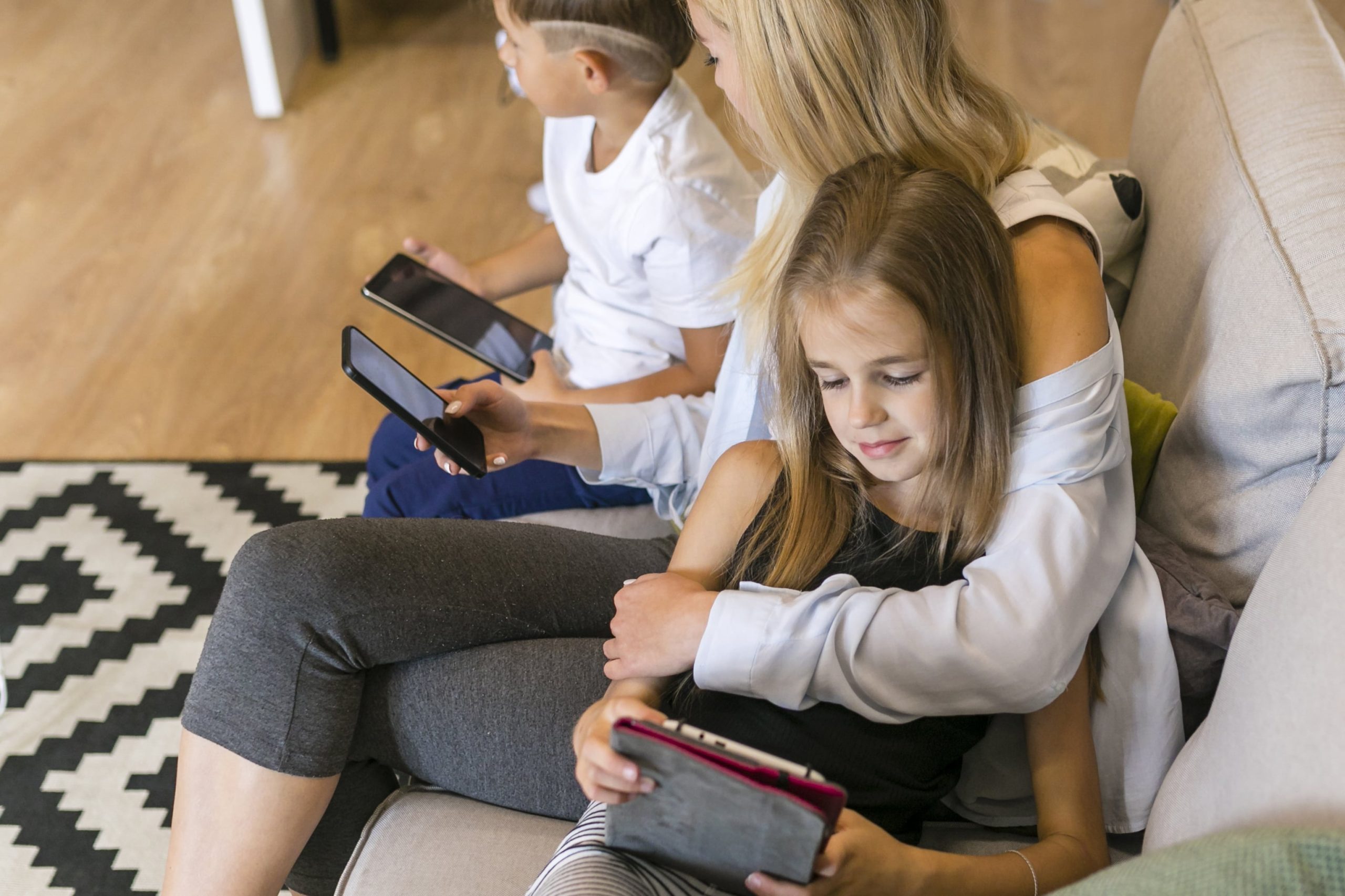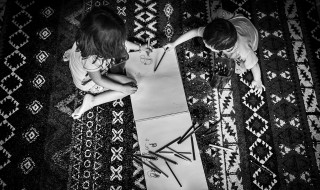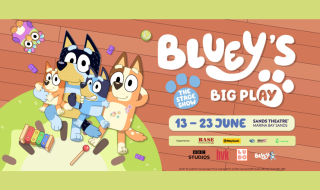
Much has been said about the dangers of screen time for children, which makes many parents in this age suspicious around technology when it comes to their kids. But on the opposite end, there are also numerous benefits that technology can provide in terms of early childhood education, as long as it used properly.
Today’s preschool classrooms are no longer limited to books, chalkboards, crayons, and paper. Contemporary classrooms also come with smart TVs, tablets, robotics kits, and other educational technology tools that are designed to provide engaging and fun learning experiences for preschool children.
In the Smart Nation of Singapore, technology can help your child understand and navigate the world they will be growing up in, ultimately in healthy ways. As they start their academic journey in preschools like Kinderland Singapore, they will be exposed to innovative ways of learning using technology as a vital tool and resource. To see this in action, prospective parents can check out Kinderland SG’s Facebook page and Kinderland SG’s Instagram page.
As a parent, it’s important to be aware of these new technologies used in preschools. In understanding these new ways of teaching and learning, you can allay any unfounded suspicions about technology and better support your child at home as well as communicate your concerns with your child’s educators. Below are just a few educational technologies used in preschools that you should know about:
1) Interactive Learning Platforms for Online Learning
The COVID-19 pandemic drove online learning platforms (OLP) to mainstream popularity. However, even before the pandemic, many online learning platforms were already in use all over the world. In fact, 63 percent of private kindergartens and childcare centres in Hong Kong have been using these platforms, as noted in a 2012 study by W.M.V. Leung, cited in a National Library of Medicine paper.
OLPs can come in custom portals developed for specific schools, and there are free OLPs, such as Khan Academy, Udemy, and Coursera, that provide age-appropriate learning programs on a variety of educational topics.
With valuable resources to support your child’s education, these OLPs can become a great platform for remote learning on days that your child can’t come to school.
2) STEM Robotics Kits for Robotics and Coding Lessons
Introducing STEM education at an early age has become an essential part of the preschool curriculum in Singapore. In some preschool institutions, basic coding and robotics concepts are actually being integrated into classroom lessons.
To effectively demonstrate the principles of coding and robotics, developmentally appropriate STEM kits have been created for preschool students to try. In some popular robotics kits, simple blocks contain basic commands that kids can put together to animate the robot included in the kit.
In the classroom, children can experiment with the robot, giving it commands to solve puzzles and perform experiments. Through hands-on learning and play with technology kits like these, your child can develop their critical thinking skills and problem-solving abilities—both of which they’ll need to flourish in competitive learning environments such as those of Singapore.
3) Tablets and Computers for Digital Storytelling
Digital storytelling is a concept that goes further than simply reading an e-book on a tablet. It also encompasses a wider range of learning activities, several of which are now being used in preschool classrooms.
In digital storytelling activities, preschoolers are challenged to create their own stories using tools like age-appropriate storytelling apps. Aside from enhancing their linguistic and communication skills, kids can also use digital storytelling to let their creative juices flow by drawing the scenes and animating the characters in their narratives. If implemented properly in the preschool classroom, digital storytelling can be an effective way to achieve interdisciplinary learning.
4) Augmented Reality (AR) and Virtual Reality (VR) for Immersive Learning
The use of AR and VR in early childhood education is still relatively new. However, these advanced technologies open up more possibilities for immersive learning, which is being studied as a more engaging way to teach preschool children.
Through VR applications, your child can go on virtual tours all over the world, visiting locations like Mt. Everest, the Pyramids of Egypt, and the Louvre. Meanwhile, AR apps like SkyView and Wonderscope provide a fun and educational AR experience in which your child can learn about space and learn to read through storytelling.
These immersive experiences can stimulate a preschooler’s curiosity and enhance their comprehension of abstract concepts. Indeed, AR and VR technologies may come to your local preschool someday and expand your child’s mind beyond the confines of the traditional classroom.
5) Assistive Technologies for Children with Special Needs
Inclusive education lies at the heart of Singapore’s preschool system, and assistive technologies play a critical role in ensuring equal learning opportunities for all children.
Tailored to children with special needs, assistive technologies support their unique learning requirements to make their educational experience richer and more enjoyable. Some examples of assistive technology are screen readers and braille printers for the visually impaired and text-to-speech apps for non-verbal children.
Preschools that integrate assistive technologies for children with special needs truly show their commitment to nurturing every child’s development. They are also valuable champions for inclusive and healthy learning environment for all.
If used appropriately, technology in early childhood education will provide a richer learning experience for your child and prepare them for a future where technology is present in every sector of society. As a parent with their child’s best interests at heart, it would be good for you to continue learning about technology’s role in the classroom and how it will affect your child’s present and future education.





